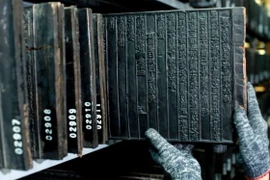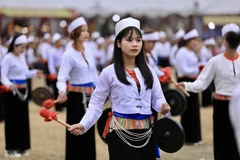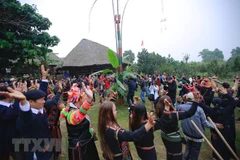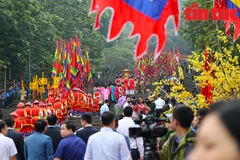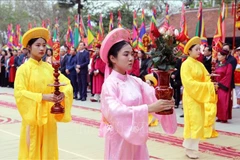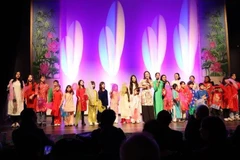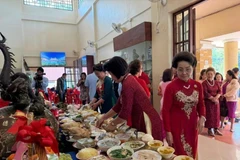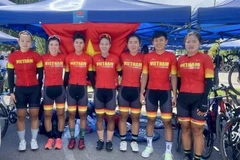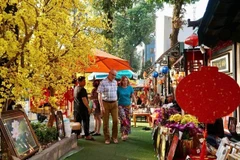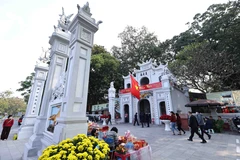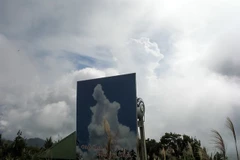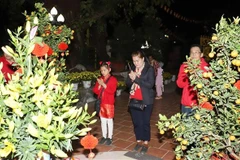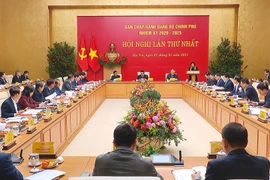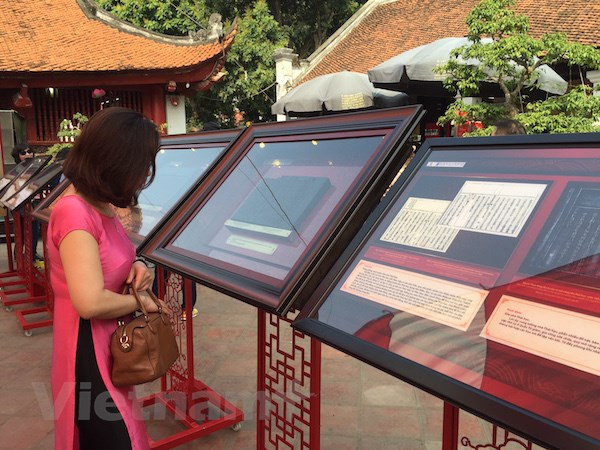 An exhibition is underway in Hanoi, displaying over 50 photos, documents and items reflecting the old Vietnamese education and examinations. (Photo: VNA)
An exhibition is underway in Hanoi, displaying over 50 photos, documents and items reflecting the old Vietnamese education and examinations. (Photo: VNA) Hanoi (VNA) – An exhibition is underway inHanoi, displaying over 50 photos, documents and items reflecting the oldVietnamese education and examinations.
The exhibition, entitled “Former Vietnamese Educationand Examinations through Documentary Heritages of the World”, was launched bythe State Records and Archives Department at Van Mieu (Temple of Literature) –Quoc Tu Giam (First National University) complex on March 5.
The month-long event exhibits photos, documents anditems obtained from three world documentary heritages of Vietnam – Woodblocksof the Nguyen Dynasty (1802 – 1945), Imperial Archives of the Nguyen Dynasty,and stone stele records of imperial examinations at Van Mieu – Quoc Tu Giam.
The exhibition consists of three sections, includingone to introduce the history of Vietnam’s education and examinations throughdynasties, one about Quoc Tu Giam, the country’s first university, and the lastfor the stone stele records.
According to UNESCO, Imperial Archives of the Nguyen Dynasty areadministrative archives of the last feudal dynasty of Vietnam and in regionwhich lasted from 1802 to 1945. The collection reflects all aspects of historyof Vietnamese society at the time and the diplomatic relations of the NguyenDynasty with other countries all over the world. The collection is also theonly original administrative records which contains autographs of ten NguyenEmperors.
The 34,555 plates of woodblocks of the Nguyen Dynasty helped to recordofficial literature and history as well as classic and historical books.Therefore, apart from their historical value, the woodblocks also have artisticand technical merit as they mark the development of woodblock carving andprinting profession in Vietnam.-VNA


